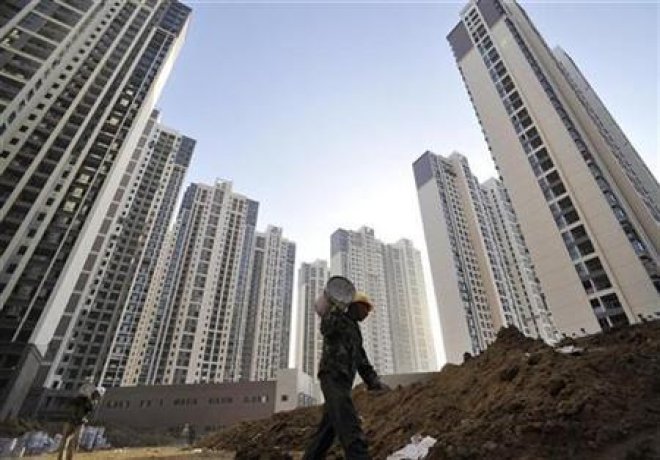
Chinese property sales growth will slow in 2017 weighed by tighter regulations to the sector by the authorities following excessive price rise, Moody's Investors Service has said.
Realty sale sales in the country grew by 36.2% year on year to a record high of 9.9 trillion yuan (about $1.4 trillion) in 2016, driven by growth in both sales volumes and average prices, according to the research firm.
The growth pace in December, however, slowed from that seen in the first three quarters after the Chinese government implemented tightening measures from late September to cool the sector, Moody's Analyst Chris Wong said.
"We expect nationwide contracted sales in 2017 will be largely flat or will see a slight decline from 2016, after buoyant growth that year," Wong, in the report.
The measures announced by several Chinese cities such as purchase limits and tightened mortgage restrictions to prevent housing prices rising out of control have started to pay off.
For instance, only 46 of the 70 major cities monitored by the National Bureau of Statistics, saw their new housing prices climb month on month in December, compared to 55 in November and 62 in October.
Meanwhile, 20 cities reported month-on-month price declines, increasing from 11 cities in November and seven cities in October, Moody's Investors Service said.
Moody's also forecast that low inventory levels in China's first- and second-tier cities will reduce the risk of property price corrections in the next six months.
It is noted that policy easing in 2014-2015 has led to a sharp rebound in house prices in 2016 and in recent months house prices escalated to record levels at a record pace.
According to some analysts, the overheating of the sector this time around is around is different as only some cities have shown signs of "bubble trouble" although they weigh heavily on overall view.
Median price growth for the 100 cities in August year-on-year was still only around +2%, as many cities continue to see year-on-year price growth in a negative territory.
The price rise last year also different with spillover effects leading to price spikes in some lower-tier cities and as inventory is low in the outperforming Tier-2 cities.
Compared to the 2013 up-cycle, overall land sales remained low in 2016, which also had become a reason to deal with the last year scenario differently, and according to Moody's analysts, the measures have paid off, and the prices are going to slide this year.








